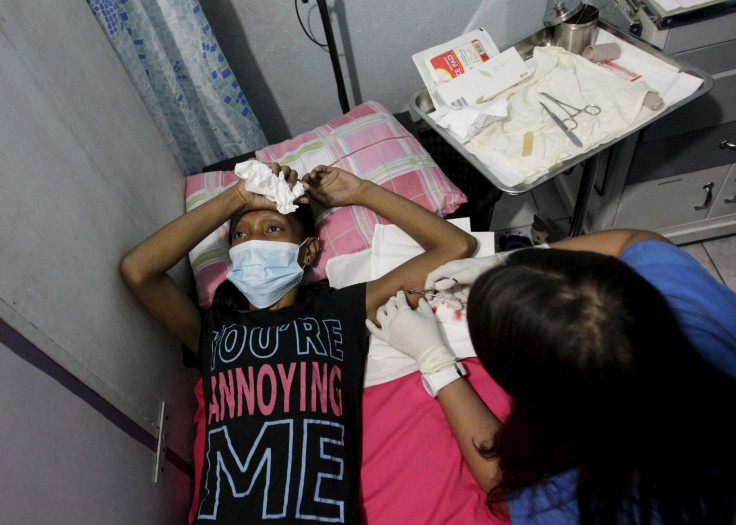HIV cure: Researchers reveal that HIV can be permanently cured by attacking clonally-expanded HIV-infected cells

HIV researchers have made an interesting discovery. Their discovery can prove instrumental in redirecting HIV curative strategies towards hidden HIV reservoirs. However, there is a problem. According to the researchers, clonally-expanded HIV-infected cells may still persist and even produce new virus in patients on combination antiretroviral therapy (cART) over many years.
Therefore, a HIV cure can only be found when these cells are attacked and destroyed. Only then will there will a permanent HIV cure. The new study has been published in the journal Proceedings of the National Academy of Science.
Although significant medical research has resulted in the transformation of HIV/AIDS from being a terminal disease to being a manageable condition, the stubbornness and the persistence of HIV infection is a major concern. Modern antiretroviral drugs, though efficient in keeping the HIV levels undetectable in blood, cannot cure the infection permanently.
Related: Major HIV concern: Drug therapy may reduce HIV to undetectable levels, but it is still growing
The failure to adhere to a strict cART regimen results in the recurrence of detectable HIV. One of the reasons for this is the latent virus’ ability to persist in cells and later re-emerging in response to imperfectly-understood stimuli, reports MedicalXpress.
The study has been able to establish the fact for the first time that infectious HIV-1 reservoirs persist in the CD4+ T cells that are clonally-expanded, which is a population of numerous cells produced by a single cell. These T cell clones possess active virus that expands when a patient neglects cART. This is probably what happened to “Two and a Half Men” actor Charlie Sheen when he stopped taking his HIV medication and went for an alternative HIV cure.
Related: HIV cure and Charlie Sheen: Chachoua’s alternative treatment fails, actor back on medicine
“This result shows that cells containing replication-competent HIV-1 proviruses can clonally expand and persist in vivo, presenting a challenge for achieving a cure of HIV infection,” the researchers wrote.
The researchers are looking at the findings as extremely important to devising HIV cure strategies in future and the finding will help in developing successful curative strategies. However, they also pointed out the fact that better understanding of the fraction of the replication-competent reservoir is needed and how to specifically target and eliminate them.





















